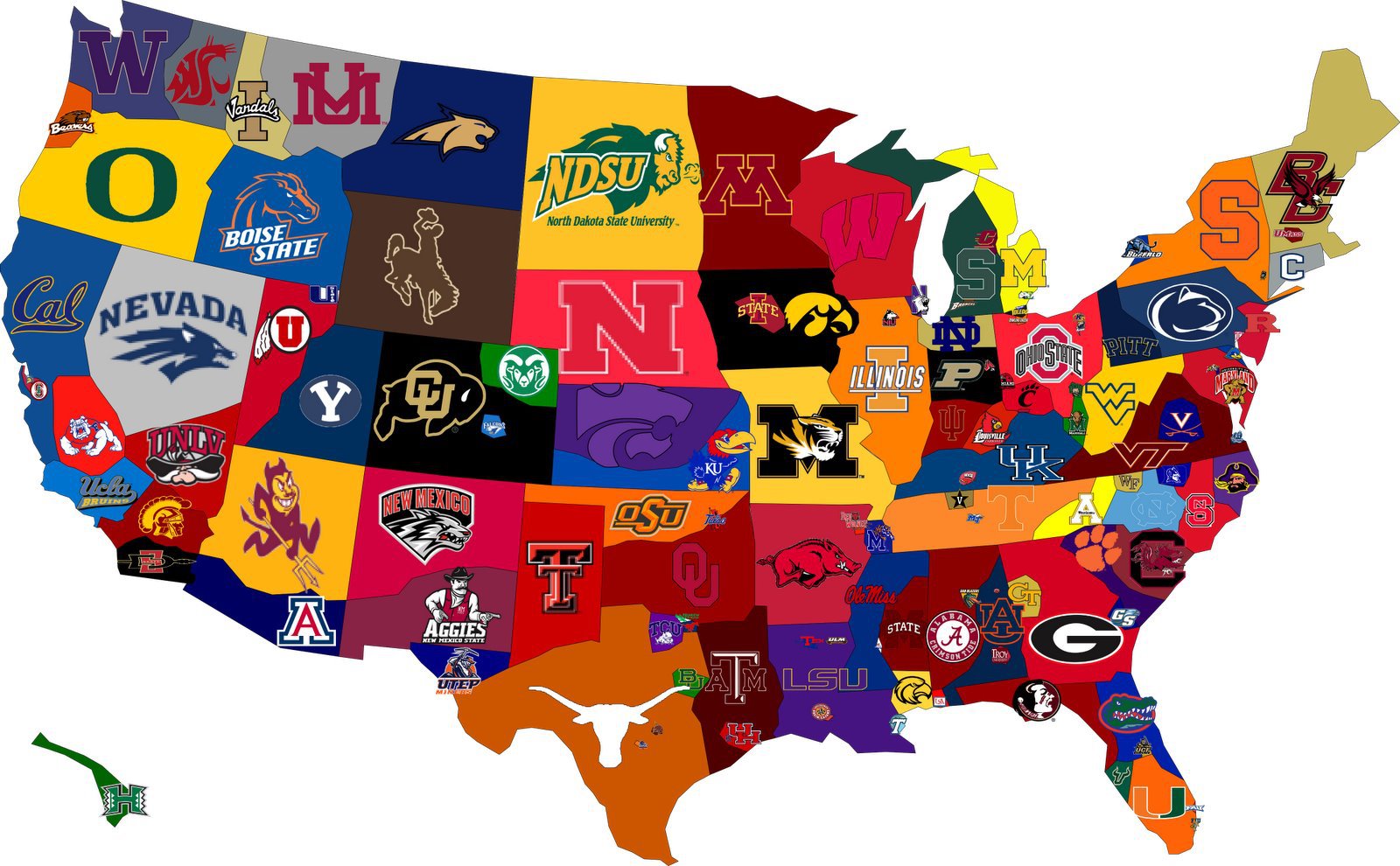 by Dave Best
by Dave Best
Instead of dreaming for admission to a particular highly “ranked” school found via a best college ranking magazine or website, consider targeting colleges that are a strong fit for you. To help pick your dream school, look at colleges where you will be excited to apply, confident to enroll, and ready to thrive once on campus. Here are some strategies of how to develop your own custom college rankings.
Location
An important first step in building a college list is to map out where the schools are located. Some students want to attend colleges near home or in state. Others expand their horizons to include different states, regions or climates. Here are some things to think about when zeroing in where your target schools are located.
Transportation: Do you need to be within driving distance from your home, and if so, how far would you travel? If you can open up to flying to college, are there airports nearby and direct flights available?
Geography: Are there certain states or regions of the country that are preferable? Are you more at home living in a city, the suburbs or in a rural area?
Weather: Do you prefer warm, cold or moderate weather?
Size
There is no one size fits all when it comes to colleges. Are you the type of student who wants to be a large fish in a small pond, or do you prefer to be a small fish in a large pond? Or maybe somewhere in the middle? Determine your ideal school size and set a range that fits for you. Also consider student/faculty ratios and average class sizes.
Small colleges typically have fewer than 5,000 students. They often are private schools, including liberal arts colleges.
Medium sized colleges are often between 5,000 and 15,000 students. Many public and private colleges fit into this category.
Large colleges are greater than 15,0000 students with some being very large at more than 50,000 students.
Academic
First and foremost if you know what you plan to study in college, make sure your target schools offer your desired major. From there it’s worthwhile to research the size and strength of that program. If you have potentially diverse interests, look into those various programs at target schools. Additionally you can look into the average standardized test scores (SAT or ACT) and high school GPA to gauge if your academic profile is in line with your desired colleges.
Social
College becomes your new home for the next four years of your life, so making sure you feel at home is important. Visit the schools if possible so you can see up close and personal what it truly is like on campus. Some personal questions to consider include what are the percentage of students in fraternities and sororities, how diverse is the campus, and whether students live on campus freshman year and beyond. Also, how many clubs and intramurals are available? Does the school participate in division one sports and is there a lot of school spirit and attendance at the games?
Outcome
One of the main goals of college is to graduate. Tracking student satisfaction (freshman retention rate) and the 4- and 6-year graduation rates are important metrics to review. Also look at the salary potential for your target schools as well as the relative strength of alumni networks.
Cost
For many a main driver in the ultimate college decision comes down to cost. Affordability is key, and you need to look at not only the sticker price, but anticipated net cost. Does the school meet financial need and are merit scholarships available? Do the packages include loans, or are they all grants? Run the financial calculators on each individual college site as the definition of ability to pay differs from school to school.





